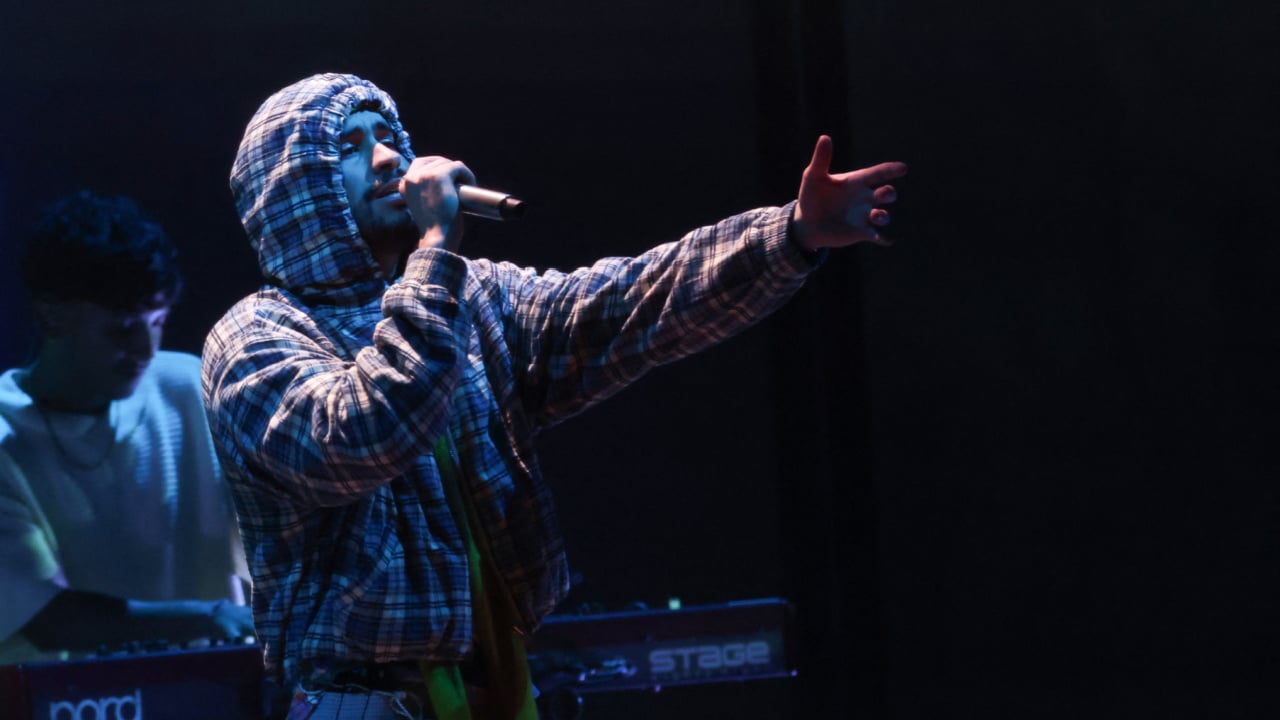Rita Moreno’s Nickname for Bad Bunny Is Too Precious. Protect Her at All Costs
When Rita Moreno called Bad Bunny “El Nene” on stage at the 2025 Billboard Latin Music Awards, Puerto Ricans everywhere felt it. It was a blessing from one legend to another.
The 93-year-old EGOT winner smiled as she presented the 21st Century Award to the 31-year-old artist headlining the next Super Bowl halftime show. The crowd erupted, but the moment carried more weight than viral charm. It felt like a passing of the torch between generations that built and redefined Latino visibility in the United States.
Rita Moreno broke Hollywood open, barefoot and unapologetic
Born Rosa Dolores Alverío Marcano in Humacao, Puerto Rico, Rita Moreno moved to New York City with her mother in 1936. By 13, she was acting on Broadway. By 18, she had signed with MGM, though the studio forced her to change her name because executives didn’t know what to do with “Alverío.” She became Rita Moreno, taking her stepfather’s last name.
As she told BBC News in 2022, “Had it not been for the fact that I’m Hispanic, I would have had a different career.” Hollywood pushed her into stereotypical roles: the “island girl,” the “spitfire,” the accent played for laughs. “You can’t afford to say no,” she said. “I made so many crappy movies and played more island girls than you can imagine. Island girls don’t have love scenes. Island girls are raped or abused.”
Then came West Side Story. In 1961, she won the Oscar for Best Supporting Actress for her portrayal of Anita, becoming the first Latina to ever do so. But even that win didn’t open the doors she expected. “After West Side Story, it was pretty much the same thing,” she told The New York Times years later. “A lot of gang stories.”
Bad Bunny’s rise is proof that Rita Moreno’s fight was worth it
Decades later, a kid from Vega Baja, Puerto Rico, would pick up that same struggle. But this time through beats, bars, and political rebellion. Bad Bunny, born Benito Antonio Martínez Ocasio, rose from SoundCloud uploads to global superstardom by doing something unthinkable in the American market: succeeding in Spanish.
“I’m pleased that we are in a time where I don’t need to change anything about myself — not my musical style, not my language, not my culture — to go far,” he told Rolling Stone. That defiance has always been part of his power. From performing in drag in Yo Perreo Sola to wearing a shirt on The Tonight Show that read “Mataron a Alexa, no a un hombre con falda” (“They killed Alexa, not a man in a skirt”), his success has become inseparable from activism and pride.
When the NFL announced in September that Bad Bunny would headline the 2026 Super Bowl halftime show (the first solo Latino artist ever to do so), he said, “It’s for those who came before me and ran countless yards so I could come in and score a touchdown. This is for my people, my culture, and our history.”
Rita Moreno calls him “El Nene,” and the moment went viral
Backstage at the Billboard Latin Music Awards, mitú asked Rita Moreno what it meant to present the award to Bad Bunny and to see him bring Puerto Rican culture to the biggest stage in the world. Her response was pure pride: “I am beside myself! But I call him ‘El Nene.’ He might not love that,” she laughed.
She added, “It’s amazing. And you know, I’m really thrilled that he’s gonna do the football show. That is fantastic, and I love it that even though certain people don’t want that, he’s going to do it anyway.”
Her words resonated beyond the red carpet. Rita Moreno, who once had to Anglicize her name to survive in Hollywood, was now watching a Puerto Rican artist make history for performing entirely in Spanish, something she could never have imagined when she arrived in the U.S. at five years old.
From Anita to “El Nene”: two generations of Puerto Rican resilience
To understand the weight of that very Boricua nickname, you have to see the history behind it. For Moreno, the fight was about being seen at all. For Bad Bunny, it’s about reclaiming every space that erased her.
Puerto Ricans in the U.S. have long lived in that “in-between”: citizens, yet constantly reminded they’re outsiders. From language discrimination to cultural erasure, generations have fought to preserve identity in a country that expects assimilation. In fact, many Puerto Ricans describe feeling “too American” on the island and “too Puerto Rican” in the mainland U.S.
Bad Bunny has flipped that narrative. His music, steeped in Caribbean slang and political consciousness, doesn’t translate for American comfort. And that’s the point. He’s the living answer to the question Rita Moreno asked throughout her career: Can a Puerto Rican artist succeed without abandoning who they are?
A moment between icons, and a mirror for Puerto Rico
When Rita Moreno calls him “El Nene,” she’s naming a legacy. One that stretches from Anita’s defiance in West Side Story to Bad Bunny’s roar at the Super Bowl. It’s the story of two Puerto Ricans separated by nearly a century, both insisting on being seen on their own terms.
Rita’s joy is a matter of recognition. A 93-year-old woman who fought for a seat at the table now watches El Nene build the whole house, filled with Caribbean rhythm, pride, and rebellion.



